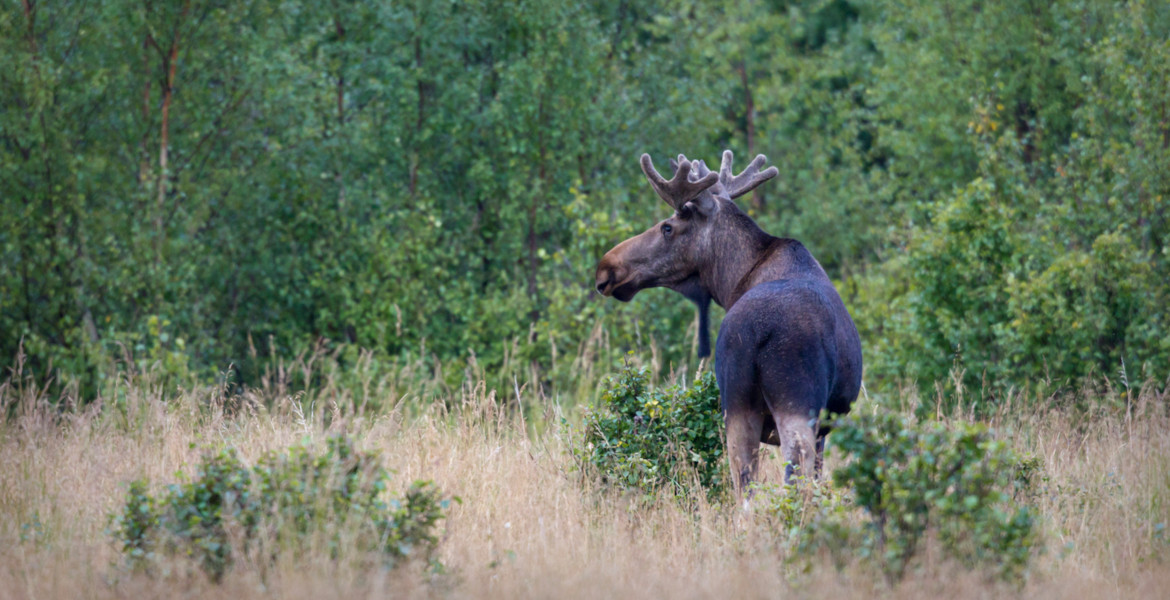Tockarp Ekogård receives Djurskyddet Sverige's honorary mention for 2023 for its innovative work on the welfare of cows and calves. It is one of a few farms that allow calves and cows to be together for several weeks before they are separated. They also advocate for cows' grazing rights, something that, among others, the Farmers' National Federation (LRF) aims to eliminate.
In the Swedish dairy industry, it is most common to separate the calf from the cow immediately, or often within a day, from birth. Tockarp Ekogård in Karlshamn, however, has thought differently about their milk production. A couple of years ago, they took the step to invest in a system that allows cows and calves to be together for several weeks before they are separated.
The farm in Blekinge has now received an honorary mention from Djurskyddet Sverige for its efforts for the welfare of cows and calves.
"The dairy industry is changing, and high demands for profitability must be combined with consumers' demands for animal welfare. Separating the cow and calf right after birth has long been the norm in milk production, which is something Lola and Anton Ivarsson at Tockarp Ekogård decided to change", writes Djurskyddet in a press release.
The farm is also praised for prioritizing cows' rights to pasture and outdoor stay, something that the Farmers' National Federation (LRF) has been working to eliminate for some time. For example, last spring, along with the association Växa Sverige, they started a study where 1,500 cows on Swedish farms are forced to stay indoors for 18 months, that is, even during the summer months.
The aim was to "investigate whether, and if so how, dairy cows' welfare changes month by month during an 18-month period of stable stay" because they believe that Sweden should increase its self-sufficiency in dairy products and that current grazing rules in some cases could have a "negative impact."
"The cows at Tockarp are given the opportunity to graze more than what the rules dictate", writes Djurskyddet.
The system at Tockarp Ekogård emulates the interaction that cows and calves have in the wild. The idea came from their daughter Anna, according to a post on Facebook.
– We want to be open and show our business and have a good and open dialogue with all stakeholders. This prize is a great support for our business, said Lola Ivarsson when the award was presented.












